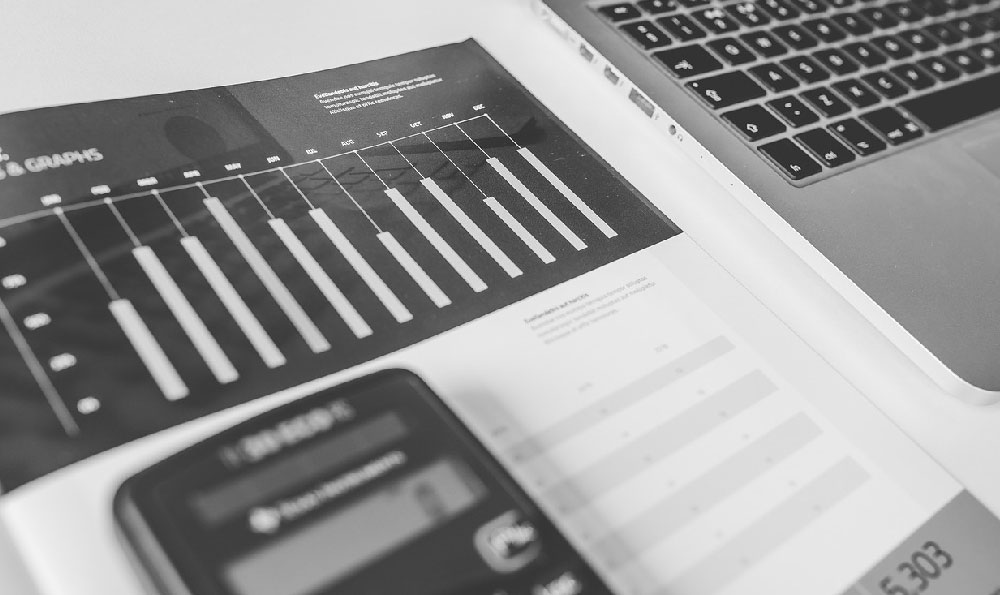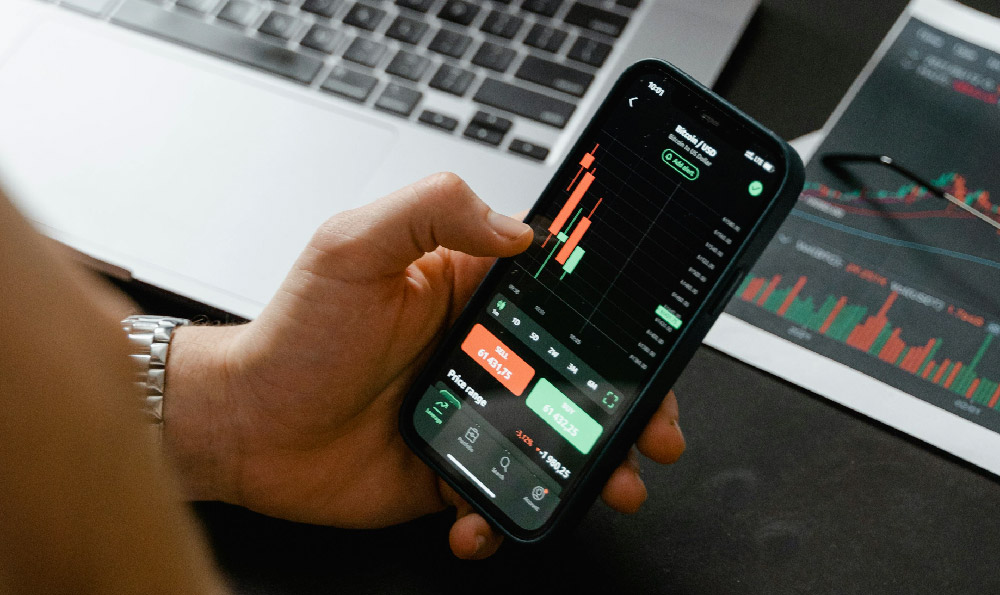Uber, a name synonymous with ride-hailing, has revolutionized transportation in countless cities worldwide. Its app-based platform connects riders with drivers, offering convenience and often competitive pricing. However, the persistent question surrounding Uber's long-term viability revolves around its profitability. While Uber's revenue has consistently grown, the elusive goal of sustained profitability has remained a challenge. Let's delve into the factors influencing Uber's financial performance and explore its prospects for future profitability.
One of the primary reasons for Uber's historical struggles with profitability lies in its aggressive growth strategy. From its inception, Uber prioritized market share acquisition over immediate profits. This strategy involved heavy subsidies for both riders and drivers. Riders benefited from discounted fares, often significantly lower than traditional taxi services, while drivers were incentivized with generous bonuses and guarantees to join the platform. This aggressive approach allowed Uber to rapidly expand its user base and establish a dominant position in the ride-hailing market, but it came at a significant cost. These subsidies directly impacted the bottom line, resulting in substantial losses. The "growth at all costs" mentality, while successful in securing market leadership, created a financial burden that the company has been working to overcome.
Beyond subsidies, Uber also incurs substantial expenses in other areas. Research and development (R&D) is a crucial component of Uber's operations, as the company continuously invests in developing new technologies and features for its platform. This includes improvements to the app, navigation systems, and safety features, as well as exploring autonomous driving technologies. While R&D is essential for maintaining a competitive edge and shaping the future of transportation, it requires significant financial investment. Marketing and sales expenses are also substantial, as Uber must constantly attract new users and retain existing ones in a competitive landscape. The company relies on advertising campaigns, promotions, and partnerships to increase brand awareness and drive user engagement. Insurance costs represent another significant expense, as Uber is responsible for insuring its drivers and passengers during rides. These costs can vary depending on the location and the type of coverage required. Regulatory and legal expenses also contribute to Uber's financial burden, as the company navigates complex and ever-changing regulations in different jurisdictions. Lobbying efforts and legal battles aimed at shaping regulations in Uber's favor also add to these costs.

Furthermore, Uber's business model, which classifies drivers as independent contractors rather than employees, has faced legal challenges and scrutiny. While this classification reduces Uber's labor costs, it has been argued that it deprives drivers of certain benefits and protections, such as minimum wage, healthcare, and paid time off. Ongoing legal battles and legislative efforts to reclassify drivers as employees could significantly increase Uber's operating expenses and impact its profitability. The debate surrounding driver classification remains a significant challenge for Uber, as it grapples with balancing cost efficiency and fair labor practices.
However, Uber has taken steps to improve its financial performance and move towards profitability. The company has reduced its reliance on subsidies, gradually phasing out some of the more generous incentives offered to riders and drivers. This has helped to improve its unit economics and reduce losses. Uber has also focused on diversifying its revenue streams, expanding beyond its core ride-hailing business. Uber Eats, the company's food delivery service, has become a significant source of revenue, particularly during the COVID-19 pandemic when demand for food delivery surged. Uber Freight, a platform connecting shippers with carriers, offers another avenue for revenue growth. The company is also exploring other opportunities, such as autonomous driving and electric vehicle initiatives, which could generate new revenue streams in the future.
Moreover, Uber has implemented cost-cutting measures to improve its efficiency. This includes streamlining its operations, reducing headcount, and optimizing its marketing spending. The company is also leveraging technology to automate processes and improve efficiency. For example, Uber is using artificial intelligence to optimize driver matching and reduce wait times, which can improve driver utilization and reduce costs. The company is also focused on improving the efficiency of its Uber Eats delivery operations, using data analytics to optimize delivery routes and reduce delivery times.
The path to profitability for Uber is complex and multifaceted. The company must continue to balance growth with financial discipline, carefully managing its expenses and diversifying its revenue streams. Navigating regulatory challenges and addressing concerns about driver classification are also crucial for long-term sustainability. The competitive landscape in the ride-hailing and food delivery industries remains intense, with companies vying for market share and user loyalty.
In conclusion, whether Uber can be profitable is not a simple yes or no question. While the company has faced significant challenges in achieving sustained profitability, it has made progress in improving its financial performance. The company's diversified revenue streams, cost-cutting measures, and technological innovations offer hope for future profitability. However, Uber's long-term success will depend on its ability to navigate regulatory challenges, manage competition, and maintain a sustainable business model that benefits both riders, drivers, and shareholders. The road to profitability is still being paved, and only time will tell if Uber can truly achieve its goal of becoming a consistently profitable company.












